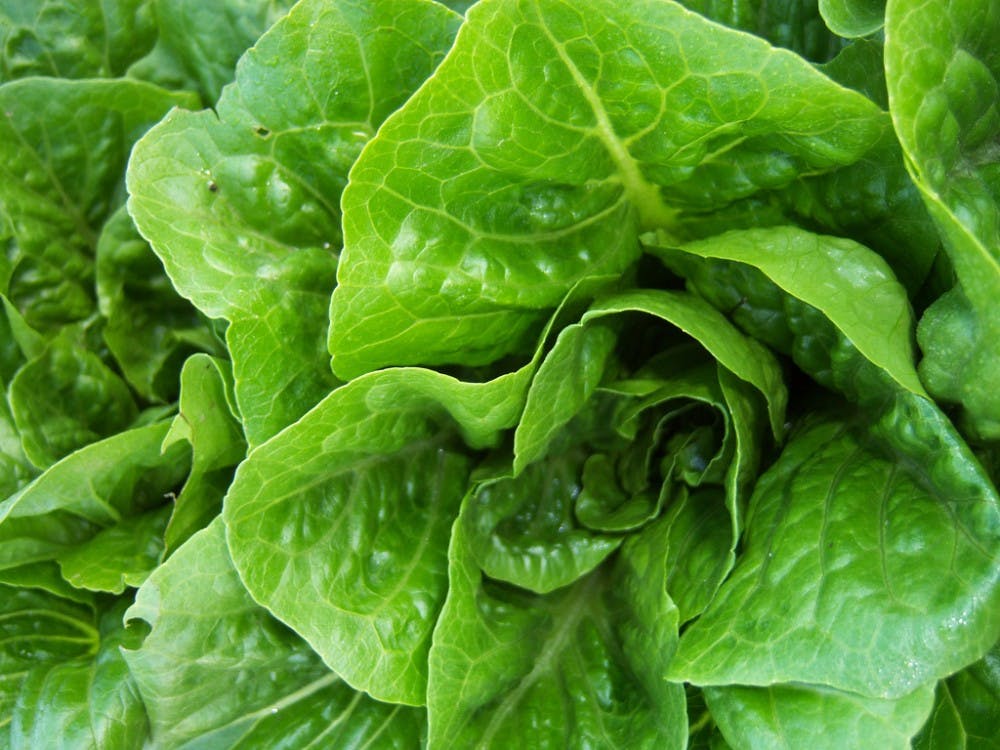This Thanksgiving, some Americans changed their holiday menus last minute when the Centers for Disease Control and Prevention (CDC) issued an advisory against eating romaine lettuce.
The warning, initially released on Tuesday Nov. 20, urged people not to buy or eat any romaine lettuce. It further claimed that restaurants should stop serving lettuce and anyone who had it on hand should discard it and clean their refrigerators.
Peter Cassell, a spokesman for the Food and Drug Administration (FDA), said to the New York Times that officials were particularly cautious due to the approach of the Thanksgiving holiday.
“It’s especially important given that these are large gatherings where dishes containing romaine lettuce are frequently served,” Cassell said.
The warning was issued after 32 people in eleven states became infected with a virulent strain of E. coli; currently, there are 43 recorded cases of infection from twelve states, with those infected ranging in age from one to 84 years-old. 38 of these people provided information on their hospitalization status to the CDC; of these, 16 (42%) had been hospitalized, including one person who developed hemolytic uremic syndrome, a type of kidney failure.
According to Matthew Wise, the CDC’s deputy branch chief for outbreak response, this wave of infection rate is much higher than any typical of E. coli outbreaks. Fortunately, no deaths have been reported. Illnesses were reported from Oct. 8, 2018 to Oct. 31, 2018. Approximately one-third of the cases were reported in California, while the others were in the northeast and Great Lakes regions. An additional 18 infections had been reported in the Canadian provinces of Ontario and Quebec.
A nationwide warning regarding an entire type of food is unusual in the United States.
“If you do not know if the lettuce is romaine or whether a salad mix contains romaine, do not eat it and throw it away. Wash and sanitize drawers or shelves in refrigerators where romaine was stored,” the CDC statement said.
However, current measures were necessary in order for the CDC to determine the source of the contamination. Researchers recently linked the source of the outbreak to romaine lettuce from the growing regions in northern and central California. The specific California counties that the FDA identified in the investigation are: Monterey, San Benito, San Luis Obispo, Santa Barbara, Santa Cruz, and Ventura. No common grower, supplier, distributor, or brand of romaine lettuce has been identified yet. Hydroponically or greenhouse-grown romaine lettuce has not been linked to this outbreak, and neither has romaine from regions outside of northern and central California.
The strain of E. coli responsible for the current outbreak, identified as Shiga toxin-producing Escherichia coli O157:H7, reportedly has been involved in other deadly outbreaks, including a 1993 outbreak that killed four children and affected 200 other people after they ate contaminated hamburgers from Jack in the Box restaurants. This O157:H7 strain is especially dangerous given the fact that the toxins it gives off can cause kidney damage.
Determining the exact cause of food-borne outbreaks, especially those that affect leafy greens, can
be difficult. The bacteria often comes from livestock that are raised or fed near produce farms, but it is not always clear how the pathogens end up in the vegetable fields.
In an interview with The News-Letter, freshman Hannah Bruckheim shared her internship experience at the FDA, where she worked to help edit Rapid Response Manuals used by state health departments when a food outbreak of this type occurs. Specifically, Bruckheim expressed appreciation for the way that the CDC and business have responded to the advisory.
“My eating habits have not changed much since the advisory was issued, since a lot of restaurants and stores have done a good job of taking romaine lettuce out of service, off the shelf,” Bruckheim said.
Experts advise readers to take action if they experience symptoms of an E. coli infection, which often include severe stomach cramps, diarrhea that may be bloody, and vomiting. Some people develop a fever, although most individuals recover within five to seven days. Some infections are very mild, while others are severe or even life-threatening. Most people start feeling sick three to four days after eating or drinking something that contains the bacteria, however, illnesses can start anywhere from one to ten days after the initial exposure.
The investigation into this outbreak is ongoing, and the CDC will provide more information as it becomes available.





